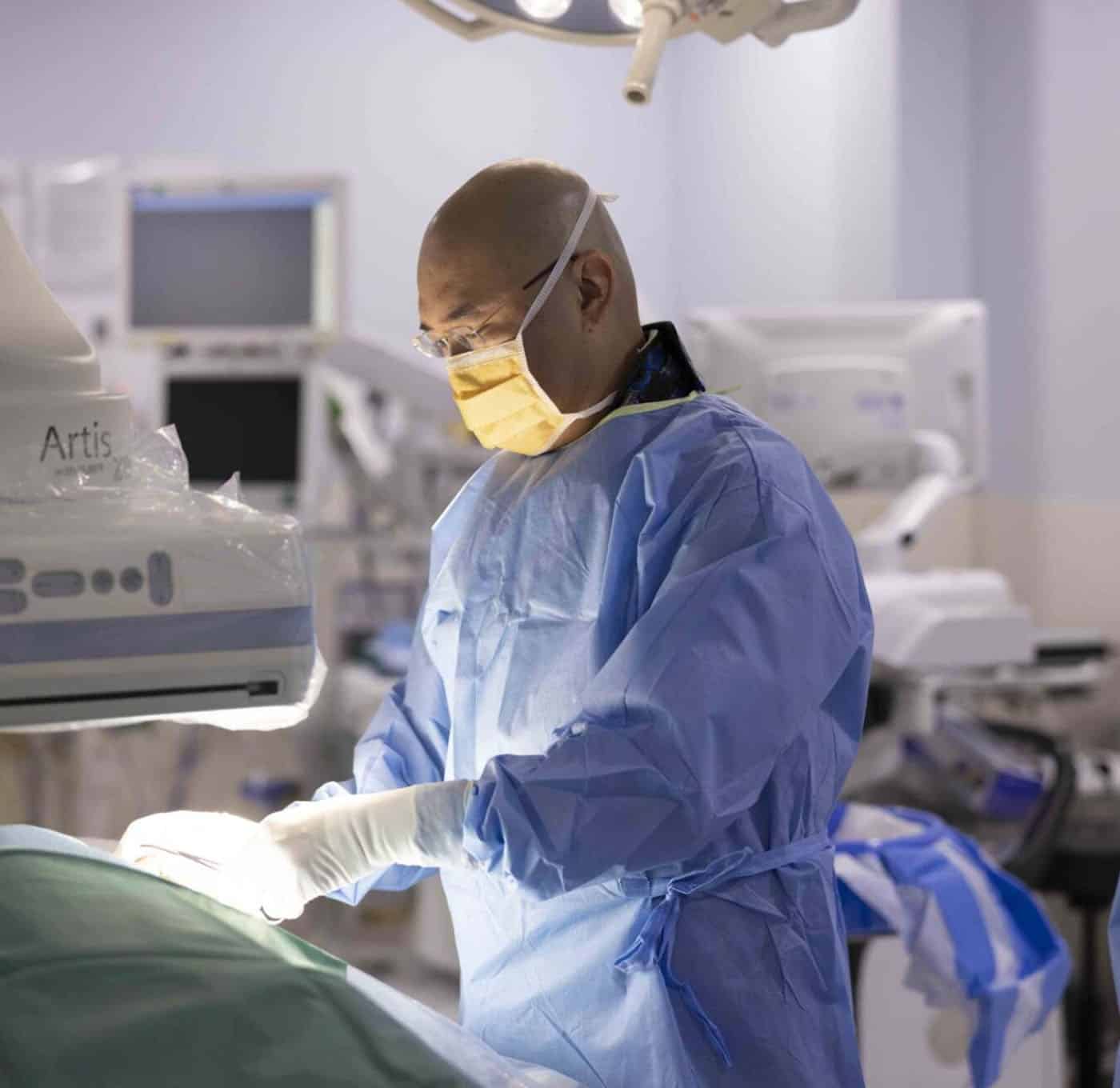You might not have heard this medical term before now and may be feeling unsure about the nature of the procedure.
This information sheet will outline what the procedure involves and what risks are involved.
After you read this information sheet, you might still have questions. If you do, please contact the team at Heart HQ. We’re here to help.
What’s an ICD?
An ICD is a device that detects and treats abnormal rhythms in the heart ventricle. In a life-threatening situation, the device works by sending either small electrical impulses or an electrical shock to your heart to restore normal heart rhythm.
The device is a battery-powered generator and one or more electrode wires. There are different types of ICDs suitable for various types of abnormal heart rhythms.
How does it work?
The procedure for installing your ICD is not as complex as you might think and is done with local anaesthetic.
The procedure starts with an intravenous line (IV) being placed into a vein in your arm. This is for the medical team to administer medication during or after your procedure. You may receive an antibiotic to prevent an infection of your new ICD. A sedative will also be given.
You will have an injection of local anaesthetic to numb the area below your left collarbone. After a one-inch incision is made to create a pocket, the ICD is positioned just under the skin and the leads will be inserted into a vein which goes into the heart. The pacemaker’s leads will be threaded down the vein and into the heart.
During the procedure, your doctor will be able to see the leads using x-ray imaging. Once your doctor has positioned the leads correctly, the leads and the ICD will be tested to make sure they are working properly. Then your skin will be closed using dissolving sutures.
What happens after the procedure?
You will not be able to drive a vehicle for two weeks after having an ICD installed. You will also need to limit your arm movement on the side of your defibrillator as much as possible during those first two weeks to allow the ICD wires to settle.
About two weeks after your procedure you will have a clinic appointment where a pacing technician will check your defibrillator and your doctor will remove the wound dressing.
You will then have follow up appointments on a regular basis at the clinic or though our remote home monitoring service. We will check the operation of your ICD and review any abnormal heart rhythms stored on the device.
What kind of risks are associated with this procedure?
Any kind of procedure carries some element of risk, often very small and rare.
Your doctor has balanced the benefits and risks of carrying out the test against the benefits and risks of not proceeding. If your doctor has recommended this procedure, they believe there is benefit to you going ahead.
It’s important you understand the risks involved so you can make an informed decision.
Here are the most commonly reported risks and complications associated with an ICD installation.
Uncommon risks and complications (1–5% of cases)
- The ICD’s leads can move—the leads will need to be put back in place by repeating this procedure
- Bruising and bleeding in the ICD pocket
- Pocket infection
Rare risks and complications (less than 1% of cases)
- Punctured lung or pneumothorax
- Blood clot in the vein or deep vein thrombosis (DVT)
- Blood clot in the lung or pulmonary embolism (PE)
- Heart attack
- Stroke
- Death from any complications
Implantable Cardioverter Defibrillator
Pulse Generator Info Sheet
